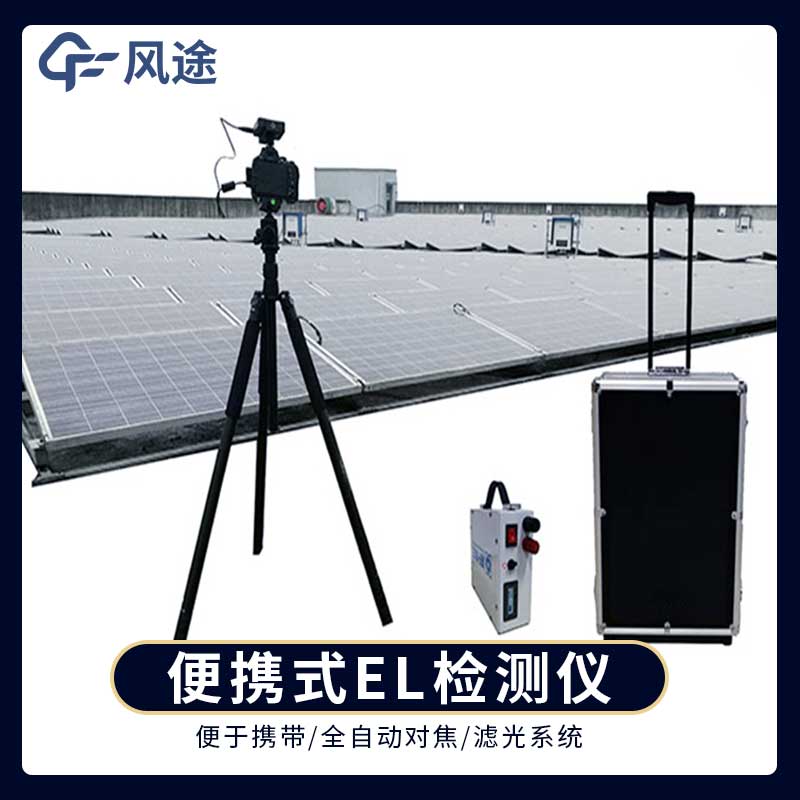Tianqiong Sensor IOT Technology Co., Ltd
Sales Manager:Ms. Emily Wang
Cel,Whatsapp,Wechat:+86 15898932201
Email:info@fengtutec.com
Add:No. 155 Optoelectronic Industry Accelerator, Gaoxin District, Weifang, Shandong, China

Sales Manager:Ms. Emily Wang
Cel,Whatsapp,Wechat:+86 15898932201
Email:info@fengtutec.com
Add:No. 155 Optoelectronic Industry Accelerator, Gaoxin District, Weifang, Shandong, China
time:2025-05-08 09:55:56 source:Weather Station viewed:194 time
In the photovoltaic industry, the problem of black edges on photovoltaic modules is quite common. The black edges are mainly caused by poor sealing of the frame during the module encapsulation process, which allows water vapor and oxygen to penetrate, causing oxidation or corrosion at the edges of the cells. It can also be due to insecure soldering of the ribbon in the production process, resulting in uneven current distribution at the edges, causing local overheating and leading to a decline in the performance of the cells, ultimately forming black edges. The black edges not only affect the appearance of the modules but also reduce the power generation efficiency and shorten the service life of the modules.
To ensure the quality and power generation efficiency of photovoltaic modules, comprehensive inspection work is crucial. The el detector (Electroluminescence Tester) is an important inspection tool. Based on the principle of electroluminescence, it applies a forward bias voltage to the photovoltaic module, causing electrons and holes inside the cells to recombine and release photons. Then, a high-sensitivity camera is used to capture these photons, generating images of internal defects in the module, thus intuitively presenting the internal condition of the module.
The el detector can not only detect the problem of black edges but also accurately identify a variety of potential defects. For example, hidden cracks are generated due to mechanical stress during transportation, installation, or use, which will reduce the strength and conversion efficiency of the cells. Broken pieces and fragments are formed by the fracture of the cells, affecting the overall performance and reliability of the module. Broken grids mean that the electrode grid lines of the cells are broken, resulting in poor current collection and reducing the power generation efficiency. "Black hearts" are mostly caused by internal defects or damage to the cells, also affecting the power generation capacity. Insecure soldering makes the connection between the cells and the ribbon unreliable, causing poor contact and interruption of current transmission. Hot spots are local overheating phenomena caused by uneven shading or aging of the cells, which can damage the module when severe.
In addition, the el detector can also detect problems such as process pollution, low-efficiency cells, sintering, over-etching, perforation, and PID. Process pollution will change the characteristics of the cells, and low-efficiency cells will reduce the overall performance of the module. Sintering, over-etching, and perforation affect the structural integrity of the cells, and PID will cause a rapid decline in the performance of the module.
In conclusion, the el detector is a key tool for the quality inspection of photovoltaic modules. It can comprehensively and accurately identify problems, providing strong support for the quality control and reliable operation of photovoltaic modules and promoting the healthy and stable development of the photovoltaic power generation industry.

The UAV visibility meter is designed with full consideration of the requirements for UAV mounting. It features a lightweight and compact design, enabling it to be easily adapted to various small UAV platforms and reducing the burden on the UAV during flight. At the same time, the flat body design ca...
The FT-JL1 Automatic Monitoring Instrument for Runoff Sediment is a professional device used for real-time, automatic monitoring of soil erosion conditions. It can accurately measure runoff volume and sediment concentration, providing data support for environmental protection, disaster early warning...
Handheld Weather meter is a portable meteorological monitoring device integrating multiple sensors to measure meteorological parameters such as temperature, humidity, air pressure, wind speed, and wind direction in real time....
In an era where technological waves continue to surge and innovative achievements emerge endlessly, the public's environmental awareness has grown increasingly sophisticated, and their concern for ambient air quality has reached an unprecedented level. In the fast-paced modern life, as the inter...